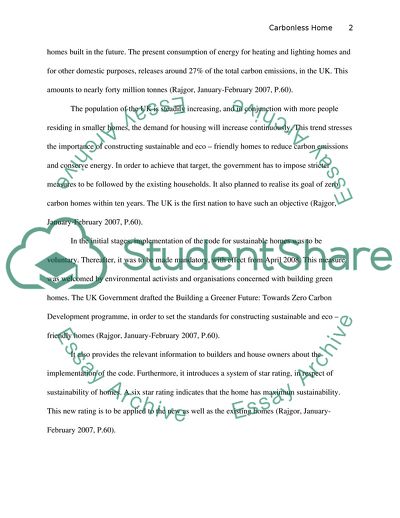Cite this document
(The Zero Carbon Home Report Example | Topics and Well Written Essays - 1250 words, n.d.)
The Zero Carbon Home Report Example | Topics and Well Written Essays - 1250 words. https://studentshare.org/technology/1726465-the-zero-carbon-home-review
The Zero Carbon Home Report Example | Topics and Well Written Essays - 1250 words. https://studentshare.org/technology/1726465-the-zero-carbon-home-review
(The Zero Carbon Home Report Example | Topics and Well Written Essays - 1250 Words)
The Zero Carbon Home Report Example | Topics and Well Written Essays - 1250 Words. https://studentshare.org/technology/1726465-the-zero-carbon-home-review.
The Zero Carbon Home Report Example | Topics and Well Written Essays - 1250 Words. https://studentshare.org/technology/1726465-the-zero-carbon-home-review.
“The Zero Carbon Home Report Example | Topics and Well Written Essays - 1250 Words”. https://studentshare.org/technology/1726465-the-zero-carbon-home-review.


